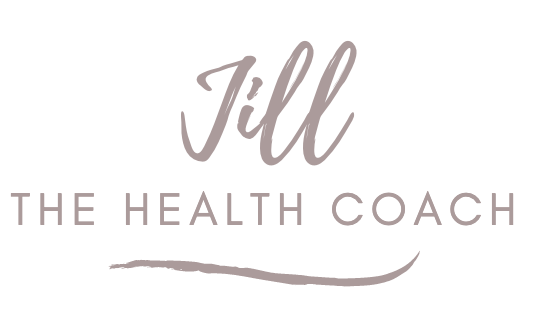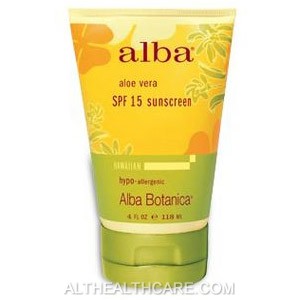The Environmental Working Group came out with their famous Sunscreen Guide 2012. There seems to be so much confusion with the results of many studies. Some say sunscreens protect against certain types of cancer. Others say they do little. While it is agreed that sunscreens protect against sunburn, there is little evidence to support the efficacy or safety of many of the ingredients.
In general, it is agreed to avoid the following type of sunscreens:
- Sprays (causes inhalation of sunscreen which may not be safe to breathe)
- Powders (causes inhalation of sunscreen which may not be safe to breathe)
- SPF above 50+ (may suppress burns a little but cause other skin damage)
Use these types of sunscreens:
Cream
Broad spectrum protection
Water resistant
SPF 30 for beach and pool
Ingredients matter. Avoid using sunscreens with the following ingredients:
Oxybenzone (synthetic estrogen-yikes!)
Vitamin A or retinyl palmitat (can cause tumors or lesions-double yikes!)
Added insect repellant
Use sunscreens with these ingredients:
Zinc
Titanium dioxide
Avobenzone or Mexoryl SX
Bottom line, with the thousands of sunscreens to choose from, why have skin cancer rates stayed the same or even increased? Could some of the ingredients of these sunscreens even contribute to skin cancer? I choose to listen to the unbiased experts at EWG and follow the guidelines aboveor the top and worst sunscreens below. Then again, a big old hat and shade may be the safest option of all!
Check out some of EWGs top safest and most effective sunscreens:
Adorable Baby
Alba Botanica
All Terrain
Aubrey Organics
Badger
BurnOut
ECO logical skin care
Kiss My
FaceRaw Elements
Seventh Generation
AVOID some of these worst offenders:
Banana Boat Kids Quik Sunblock Apray Lotion. SPF 35 (4% oxybenzone)
Coppertone Water Babies Sunscreen Lotion, SPF 70+ (6% oxybenzone)
Banana Boat Baby Tear Free Sunblock, SPF 50 (contain retinyl palmitate)
Arbonne Baby Care Sunscreen Lotion, SPF 30 (contain retinly palmitate)
Australian Gold Baby Formula Lotion, SPF 50 (contain retinyl palmitate)
Neutrogena Wet Skin Kids Beach and Pool, SPF 70(nothing “safer” over SPF 50)
CVS Kids Fast Cover Continuous Spray, SPF 50(sprays pose serious inhalation risk)
Rite Aid Baby Continuous Spray, SPF 50 (sprays pose serious inhalation risk)
Go!screen Natural Mineral PowderBlock Brush-On, SPF 30 (possible carcinogen when inhaled)
Aveeno Naturals Continuous Protection Sunblock Fact Lotion, SPF 30
Coppertone UltraGuard
For the full report, check out http://breakingnews.ewg.org/2012sunscreen/

